Shure SM58-LC Handleiding
Bekijk gratis de handleiding van Shure SM58-LC (5 pagina’s), behorend tot de categorie Microfoon. Deze gids werd als nuttig beoordeeld door 68 mensen en kreeg gemiddeld 4.8 sterren uit 34.5 reviews. Heb je een vraag over Shure SM58-LC of wil je andere gebruikers van dit product iets vragen? Stel een vraag
Pagina 1/5

1/5
SM58 -- Vocal Microphone
General Description
The Shure SM58 is a unidirectional (cardioid) dynamic vocal microphone for professional vocal use in sound rein
forcement and studio recording. A highly effective, builtin, spherical filter minimizes wind and breath “pop” noise. A
cardioid pickup pattern isolates the main sound source while minimizing unwanted background noise. The SM58
has a tailored vocal response for a sound which is a world standard. Rugged construction, a proven shockmount
system, and a steelmesh grille ensure that even with rough handling, the SM58 will perform consistently. Out
doors or indoors, singing or speech, the SM58 is the overwhelming choice of professionals worldwide.
Features
•Performance tested, industry standard
•Uniform cardioid pick-up pattern for maximum gain before feedback and excellent rejection of off-axis sound
•Tailored frequency response specifically shaped for vocals, with brightened midrange and bass roll off to control
proximity effect
•Advanced pneumatic shock mount system that minimizes transmission of mechanical noise and vibration
•Steel-mesh grille and enamel-coated metal construction resist wear and abuse
•Effective built in pop-filter reduces undesirable wind and breathe noise
•Furnished with zippered storage bag and break-resistant stand adapter
•On/Off switch (SM58S only)
•Extremely durable under the heaviest use
•Shure quality, ruggedness and reliability
Placement
General Rules for Use
•Aim the microphone toward the desired sound source (such as the talker, singer, or instrument) and away from
unwanted sources.
•Place the microphone as close as practical to the desired sound source.
•Work close to the microphone for extra bass response.
•Use only one microphone to pick up a single sound source.
•Use the fewest number of microphones as practical.
•Keep the distance between microphones at least three times the distance from each microphone to its source.
•Place microphones as far as possible from reflective surfaces.
•Add a windscreen when using the microphone outdoors.
•Avoid excessive handling to minimize pickup of mechanical noise and vibration.
®

Shure Incorporated
2/5
• Do not cover any part of the microphone grille with your hand, as this will adversely affect microphone perfor
mance.
Applications And Placement
The following table lists the most common applications and placement techniques. Keep in mind that microphone
technique is largely a matter of personal taste; there is no one “correct” microphone position.
Application Suggested Microphone Placement Tone Quality
Vocals Lips less than 15 cm (6 in.) away or touching the
windscreen, on axis to microphone.
Robust sound, emphasized
bass, maximum isolation from
other sources.
15 to 60 cm (6 in. to 2 ft.) away from mouth, just
above nose height.
Natural sound, reduced bass.
20 to 60 cm (8 in. to 2 ft.) away from mouth,
slightly off to one side.
Natural sound, reduced bass
and minimal “s” sounds.
90 cm to 1.8 m (3 to 6 ft.) away. Thinner, distant sound; notice
able levels of ambient noise.
Avoiding Pickup of Unwanted Sound Sources
Place the microphone so that unwanted sound sources, such as monitors and loudspeakers, are directly behind it.
To minimize feedback and ensure optimum rejection of unwanted sound, always test microphone placement be
fore a performance.
Recommended Loudspeaker Locations for Cardioid Microphones
Proximity Effect
Unidirectional (cardioid) microphones progressively boost bass frequencies by 6 to 10 dB below 100 Hz when the
microphone is at a distance of about 6 mm (1/4 in.) from the sound source. This phenomenon, known as proximity
effect, can be used to create a warmer, more powerful sound. To prevent explosive low frequency sound during
closeup use, the bass response gradually rolls off. This provides greater control and helps the user take advan
tage of proximity effect.

Shure Incorporated
3/5
Specifications
Type
Dynamic (moving coil)
Frequency Response
50 to 15,000 Hz
Polar Pattern
Cardioid
Output Impedance
300 Ω
Sensitivity
at 1 kHz, open circuit voltage
-56.0 (1.6 ) dBV/Pa mV
1 Pa=94 dB SPL
Polarity
Positive pressure on diaphragm produces positive voltage on pin 2 with respect to pin 3
Net Weight
0.33 (0.72 ) kg lb
Connector
Three-pin professional audio (XLR), male
Housing
Dark gray, enamel-painted, die cast metal; matte-finished, silver colored, spherical steel mesh grille
Wiring Diagram
[1]
[1]
Product specificaties
| Merk: | Shure |
| Categorie: | Microfoon |
| Model: | SM58-LC |
| Kleur van het product: | Zwart |
| Soort: | Microfoon voor podiumpresentaties |
| Connectiviteitstechnologie: | Bedraad |
| Aansluiting(en): | XLR |
| Gevoeligheid microfoon: | -54.5 dB |
| Frequentie microfoon: | 50 - 15000 Hz |
| Code geharmoniseerd systeem (HS): | 85181000 |
| Gewicht microfoon: | 298 g |
| Afmetingen microfoon (DxH): | 51 x 162 mm |
Heb je hulp nodig?
Als je hulp nodig hebt met Shure SM58-LC stel dan hieronder een vraag en andere gebruikers zullen je antwoorden
Handleiding Microfoon Shure
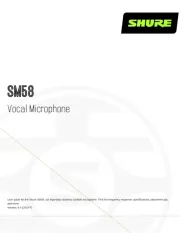
21 Juli 2025
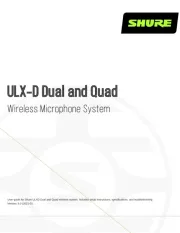
2 Mei 2025
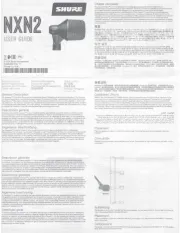
10 Maart 2025

10 Maart 2025

10 Maart 2025

21 Februari 2025

21 Februari 2025

21 Februari 2025
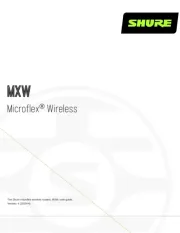
5 Februari 2025
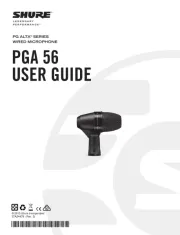
5 Februari 2025
Handleiding Microfoon
- AVMATRIX
- Pyle Pro
- Kenwood
- Power Dynamics
- Razer
- Comica
- Solid State Logic
- FDUCE
- Icon
- HyperX
- ClearOne
- M-Audio
- AMT
- Universal Audio
- Sescom
Nieuwste handleidingen voor Microfoon
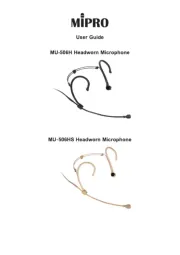
29 Juli 2025
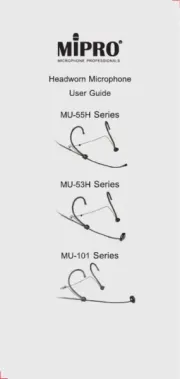
29 Juli 2025

29 Juli 2025

29 Juli 2025
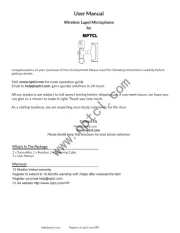
28 Juli 2025
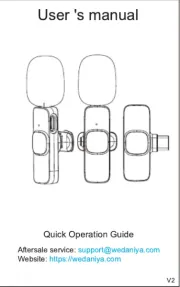
28 Juli 2025
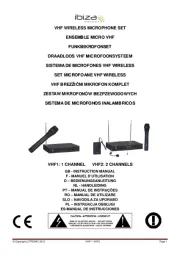
28 Juli 2025

28 Juli 2025
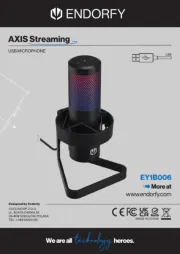
23 Juli 2025
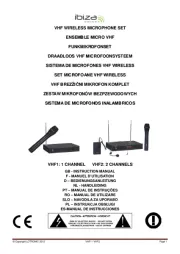
22 Juli 2025